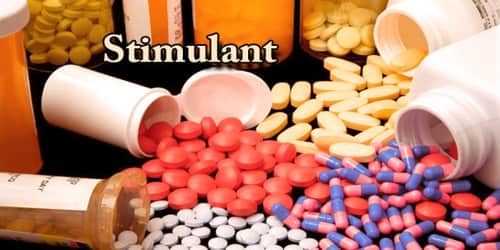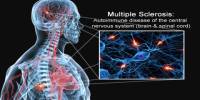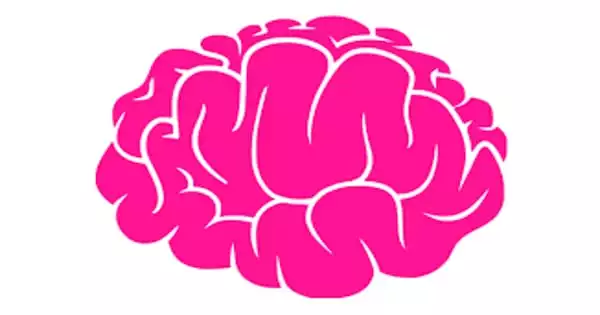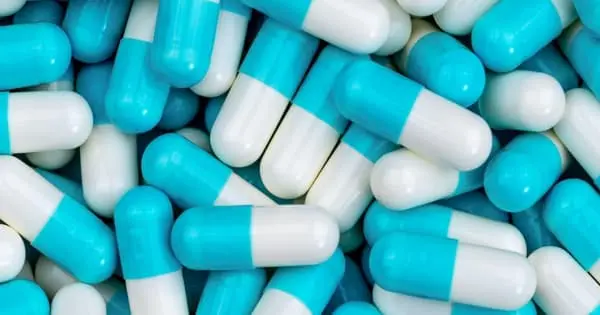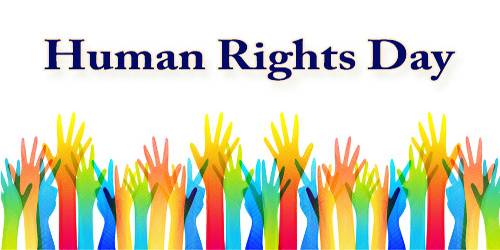Stimulant
Definition: Stimulant (also often referred to as psychostimulants or colloquially as uppers), any drug that excites any bodily function, but more specifically those that stimulate the brain and central nervous system. Stimulants are widely used throughout the world as prescription medicines as well as without a prescription (either legally or illicitly) as performance-enhancing or recreational drugs.
The most frequently prescribed stimulants as of 2013 were lisdexamfetamine, methylphenidate, and amphetamine. It is estimated that the percentage of the population that has abused amphetamine-type stimulants (e.g., amphetamine, methamphetamine, MDMA, etc.) and cocaine combined is between 0.8% and 2.1%.
In other words, stimulants increase the activity in our brain. Though each stimulant has unique effects, all stimulants increase our heart rate, blood pressure, and body temperature. By increasing the electrical activity in our brain, stimulants cause us to be more alert, decrease fatigue, and prolonged physical activity. Stimulants can also improve our mood and increase self-confidence.
Stimulants can have a wide variety of mechanisms. Many stimulants exert their effects through manipulations of monoamine neurotransmission. Monoamines are a class of neurotransmitter relevant in reward, motivation, temperature regulation and pain sensation that include dopamine, norepinephrine, and serotonin.
Stimulant effects can range from short-term energy boosts to long-term brain changes and/or organ system injury. The harm may be long-lasting in extreme cases, but any amount of stimulant abuse can cause damage to the user.
Types and Uses of Stimulants: Stimulants are a class of substances that increase certain types of cell signalling and amplify various physiologic processes throughout the brain and body. In particular, many types of stimulant drugs are associated with heightened dopamine release, which can result in a powerful sense of well-being, increased energy, attention, and alertness.

Some of the more common types of stimulants are:
- Caffeine is perhaps the most widely used stimulant in the world. Coffee, tea, chocolate, soda, candy, and energy drinks all contain caffeine. Small amounts of caffeine help people stay awake and increase alertness, but only for a short amount of time. Large amounts of caffeine can cause sleep interruptions, restlessness, and cardiac arrest. Caffeine is also linked to a decreased risk of certain cancers.
- Amphetamine is a potent central nervous system (CNS) stimulant of the phenethylamine class that is approved for the treatment of attention deficit hyperactivity disorder (ADHD) and narcolepsy. Amphetamine is also used as a performance and cognitive enhancer, and recreationally as an aphrodisiac and euphoriant. Although it is a prescription medication in many countries, unauthorized possession and distribution of amphetamine is often tightly controlled due to the significant health risks associated with uncontrolled or heavy use.
- Cocaine is a highly addictive illegal drug that is created from the leaves of the coca plant. However, cocaine wasn’t always illegal. When used in small amounts, cocaine causes intense feelings of pleasure (euphoria) that last anywhere from 5 to 30 minutes. It increases confidence and makes users more talkative. It also increases energy and alertness while decreasing appetite and fatigue.
- Methamphetamine (contracted from N-methyl-alpha-methylphenethylamine) is a neurotoxin and potent psychostimulant of the phenethylamine and amphetamine classes that is used to treat attention deficit hyperactivity disorder (ADHD) and obesity. Methamphetamine exists as two enantiomers, dextrorotary and levorotary. Recreationally, methamphetamine is used to increase sexual desire, lift the mood, and increase energy, allowing some users to engage in sexual activity continuously for several days straight.
- Methylphenidate is a stimulant drug that is often used in the treatment of ADHD and narcolepsy and occasionally to treat obesity in combination with diet restraints and exercise. Its effects at therapeutic doses include increased focus, increased alertness, decreased appetite, decreased the need for sleep and decreased impulsivity. Methylphenidate is not usually used recreationally, but when it is used, its effects are very similar to those of amphetamines.
- Nicotine is the active chemical constituent in tobacco, which is available in many forms, including cigarettes, cigars, chewing tobacco, and smoking cessation aids such as nicotine patches, nicotine gum, and electronic cigarettes. Nicotine is used widely throughout the world for its stimulating and relaxing effects.
- Ephedrine is a sympathomimetic amine similar in molecular structure to the well-known drugs phenylpropanolamine and methamphetamine, as well as to the important neurotransmitter epinephrine (adrenaline). Ephedrine is commonly used as a stimulant, appetite suppressant, concentration aid, and decongestant, and to treat hypotension associated with anaesthesia. It is most usually marketed as the hydrochloride or sulfate salt.
- Khat is a flowering plant native to the Horn of Africa and the Arabian Peninsula. Khat contains a monoamine alkaloid called cathinone, a “keto-amphetamine”, that is said to cause excitement, loss of appetite, and euphoria.
- Phenylpropanolamine (PPA; Accutrim; β-hydroxyamphetamine), also known as the stereoisomers norephedrine and norpseudoephedrine, is a psychoactive drug of the phenethylamine and amphetamine chemical classes that are used as a stimulant, decongestant, and anorectic agent. It is commonly used in a prescription and over-the-counter cough and cold preparations. In veterinary medicine, it is used to control urinary incontinence in dogs under trade names Propalin and Proin.
Medical Uses for Stimulants – Stimulants are effective in treating cognitive disturbances in HIV patients and in cancer patients going through cranial irradiation. Some stimulant drugs, such as Adderall and Concerta, are useful in controlling the impulsive behaviours, inattentiveness, and hyperactivity that are associated with attention-deficit/hyperactivity disorder (ADHD).
Stimulants are used to help people with narcolepsy stay awake. Because stimulants relax the bronchial muscles, almost all asthma medications contain stimulants.

Effects of Stimulant: Stimulants are generally abused for their euphoric, energetic effects. In the short term, stimulant effects can be very pleasurable and may include:
- Intense feelings of happiness.
- Increased energy/sociability and self-esteem.
- Improved attention.
- Increased sexual desire and performance.
- Opened breathing passages/easier breathing.
- Suppressed appetite.
The effects of stimulant use can extend well beyond the short-term high. Many users disregard the future in favor of a blissful short-term high, but the potential harm associated with ongoing use should not be ignored.
Physical effects of stimulant abuse include:
- Increased heart rate.
- Heightened blood pressure.
- Very high body temperature.
- Muscle shakes or tremors.
- Agitation.
- Extreme weight loss.
- Reduced sexual functioning.
- Gastrointestinal problems.
- Muscle deterioration.
- Chronic exhaustion.
- Cardiovascular damage.
- Breathing problems.
- Headaches.
- Cerebral haemorrhage.
- Stroke.
- Seizure.
It is important to recognize the negative consequences of stimulant abuse, as they underscore the ugly truth behind the euphoric stimulant high.
Information Source:
